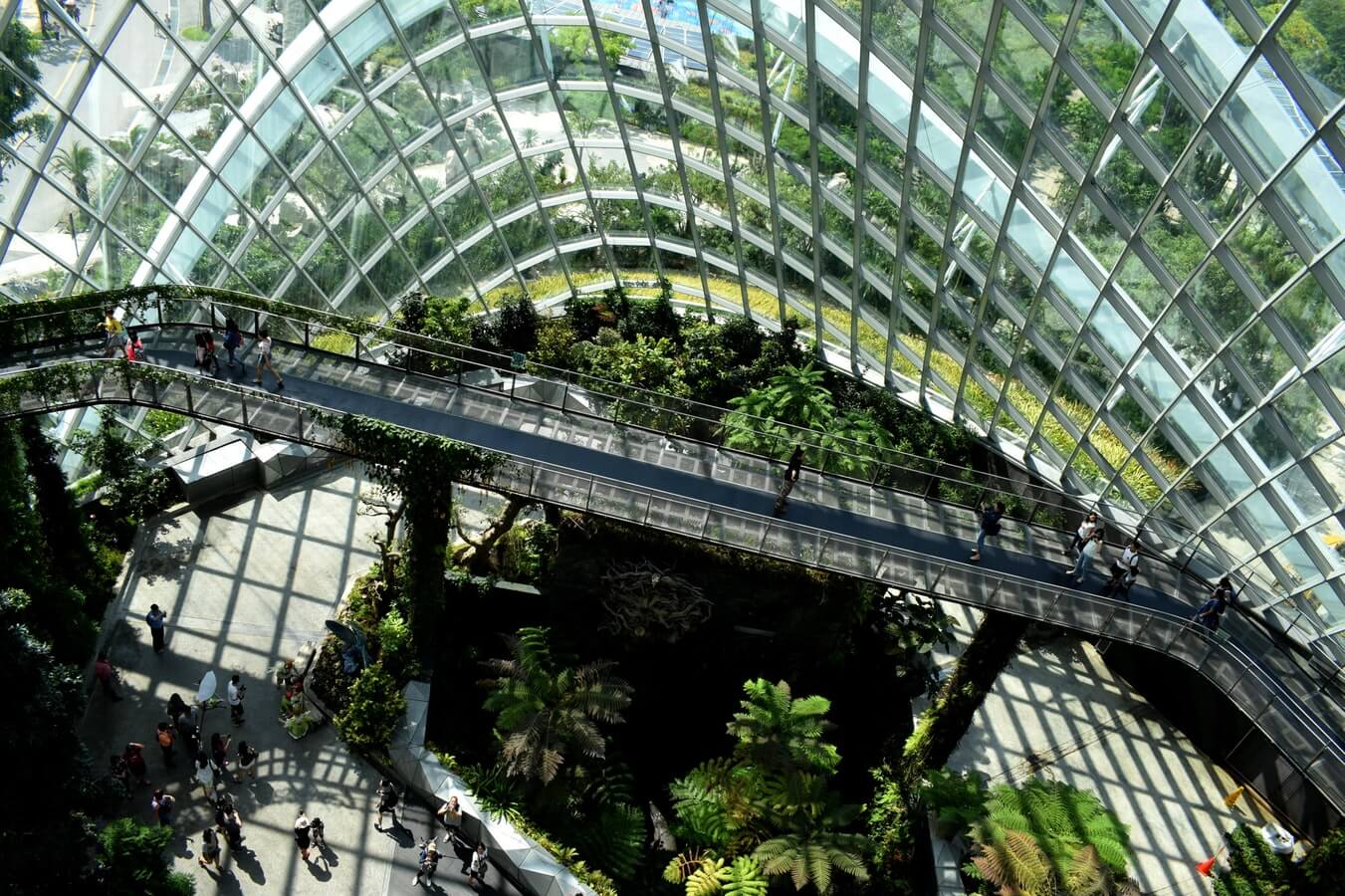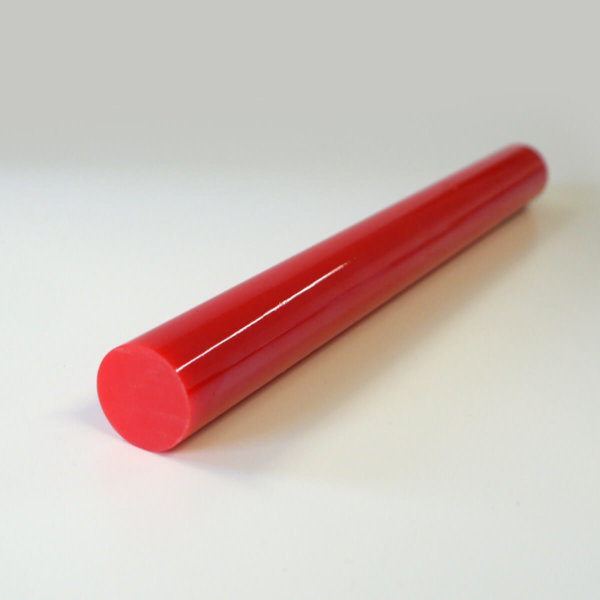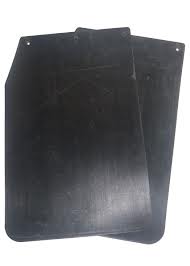Since its very first inception, polyurethane has achieved a position of importance unrivalled by any other industrial product. This is why we want to explore the polyurethane uses, benefits and sustainability.
While new formulations and processes continue to be developed, it is likely that derivatives of polyurethane will come to take the place of other, established materials, moving into the 21st century.
As we start to consider how the products that we use in everyday life affect the environment, materials which reduce our emissions footprint will become increasingly popular.
Background:
First developed during the Second World War as a substitute for increasingly scarce rubber, polyurethane’s versatility prompted numerous adaptations, including the manufacturing of mustard gas-resistant clothing and corrosion-resistant coatings for aeroplanes.
The chemical process behind it is complex, but at its most basic level it involves reacting a polyol with a diisocyanate; a family of chemical building blocks, or a polymeric isocyanate, in the presence of suitable catalysts and additives.
Nowadays, there are elements of polyurethane in almost everything we use, be it furniture, appliances, or the structures of our homes. And the more we learn about its positive applications and methods of production, the more we will continue to adapt it to suit our needs.
Applications:
Polyurethane, as mentioned, is used in almost all the things we come across in our day-to-day lives. One of its most common derivations, polyurethane foam, accounts for a large percentage of the overall market. The flexible version of this foam can be used as cushioning for many consumer and commercial products, such as bedding and vehicle interiors.
Polyurethane’s use in car design has allowed the automotive industry to create cars with lighter frames, saving on fuel consumption and reducing emissions. But the real potential for versatility is in rigid polyurethane foam.
Currently, the world’s most popular insulation, the foam allows for a significant reduction in energy costs, improving the efficiency of residential and commercial properties. With high levels of thermal conductivity for relatively low density, it offers a cheaper alternative to traditional materials, such as glass wool or hempcrete, without sacrificing effectiveness.
Its environmental impact is not only limited to housing and cars; polyurethane has contributed to advancements in the potential of wind turbines, it has allowed for advances in solar power, and it has even helped extend the life of shoes.
Other Polyurethane uses:
- Clothing
- Refrigerator insulation
- Composite wood
- Sealing electrical components
- Upholstery
- Sealers
- Medical equipment
- Packaging
Sustainability and Recyclability:
Polyurethanes contain petrochemical-based polymers, the release of which into the eco-system can cause lasting harm unless properly managed. Given its many obvious benefits, it is critical to ensure that these positives are not countered by potential drawbacks in its disposal.
The key to this lies in recycling; by recovering essential elements from the recycling process, not only can we reduce the environmental impact caused by producing new, raw polyurethanes, but we mitigate the risk of waste ending up in landfills, or worse, the ocean.
There are as many different methods of recycling polyurethane as there are uses for it. Mechanical recycling focuses mainly on the “rebonding” process, whereby polyurethanes are broken down and used in new ways, such as in carpet overlay, but there are others, all of which can produce different, useful after-products, such as powdering or compression moulding.
Chemical recycling includes processes such as glycolysis, which quite literally allows new, different polyurethanes to be created out of the old in a cycle of “rebirth”. These are just a few examples of the many ways the polyurethane industry has developed and is continuing to develop, methods to ensure that polyurethane remains one of the most sustainable and environmentally friendly materials currently available to us.
Want to find out how much it will cost to make your products?




